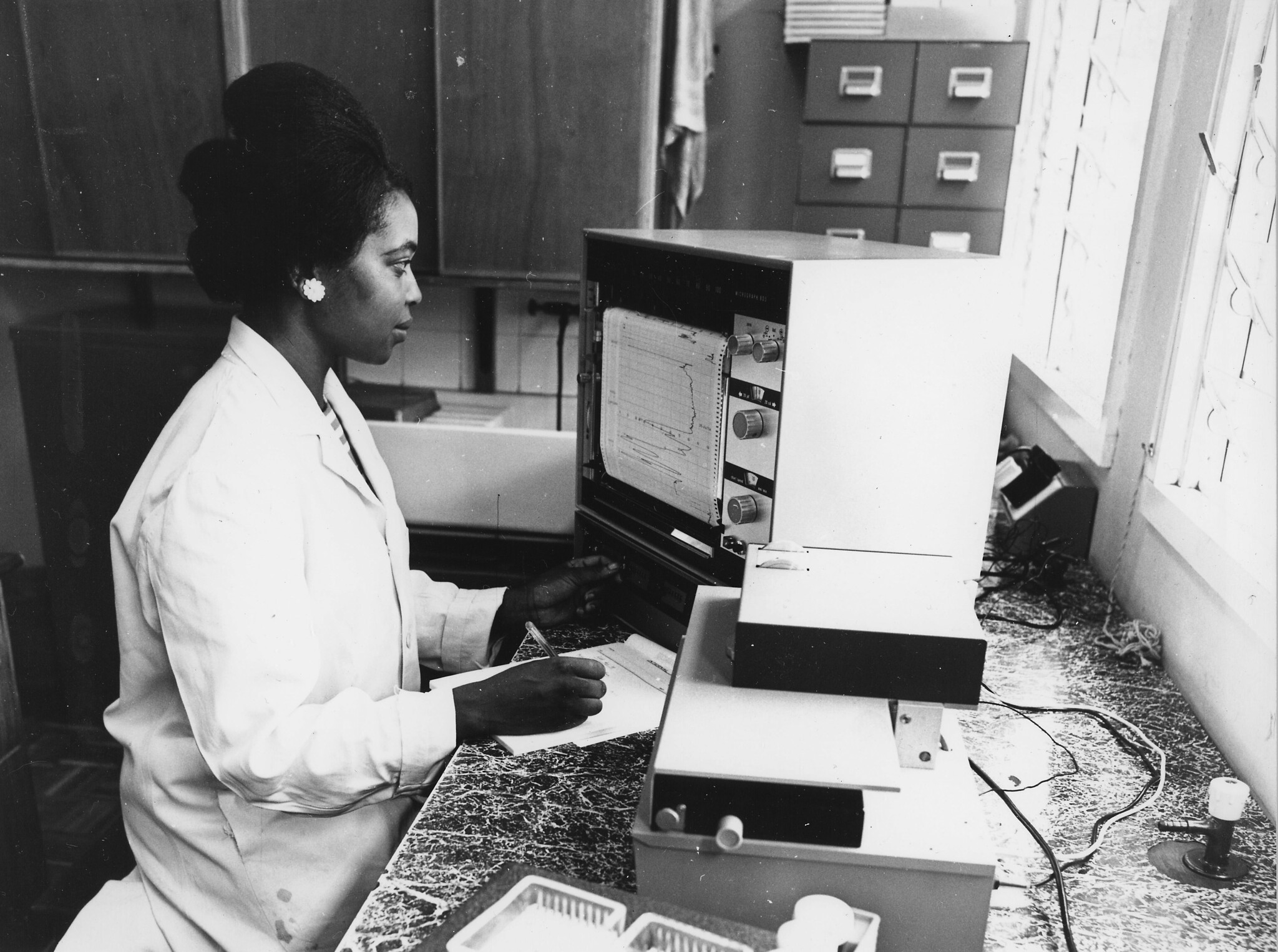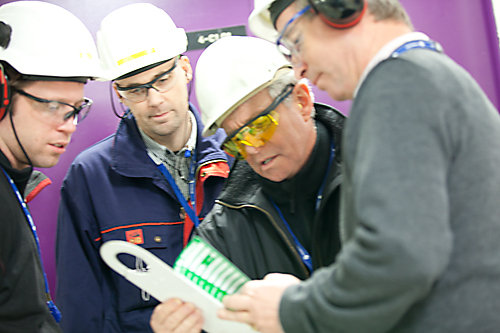Since its establishment in 1957, the IAEA has worked to support women and girls in science and to encourage their rise to leadership positions. The IAEA, through its technical cooperation programme, has supported about 55 000 fellowships across myriad disciplines, from nuclear engineering to radiochemistry. Fellowships help to strengthen the capacities of national nuclear institutions by supporting the development of new skills and competencies of young professionals, who subsequently return to their respective countries. Over the years, nearly 23 per cent of all fellows have been women, including Salag Dhababandana from Thailand and Maria Elena Fucugauchi De Santiago from Mexico, who were the first female fellows, in 1959.
The IAEA is working to improve this ratio and reach parity. “We are committed to increasing the number of women fellows. We count on the support of Member States, who nominate fellows to participate in our programmes,” said Martin Krause, Director at the IAEA’s Department of Technical Cooperation. “Together we can make a difference.”
Historically, the application of isotopes and radiation in food and agriculture have been the most common field of study for women participating in IAEA fellowships, accounting for nearly 25 per cent from 1959 to 2017, followed by radiation medicine and human health, and then by radiation safety and nuclear security.
The first woman engaged as an expert by the IAEA was Sonia Nassif of Argentina, who trained a group of young scientists in the use of radioisotope techniques in 1961. Since then, the IAEA has recruited women professionals to act as lecturers and experts in support of technical cooperation, including Rosalyn Sussman Yalow, co-winner of the 1977 Nobel Prize in Physiology or Medicine for development of the radioimmunoassay technique. As early as 1971, Yalow was engaged in Agency activities, assisting in a mission in medical application of radioisotopes.


